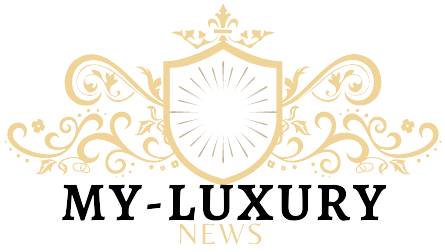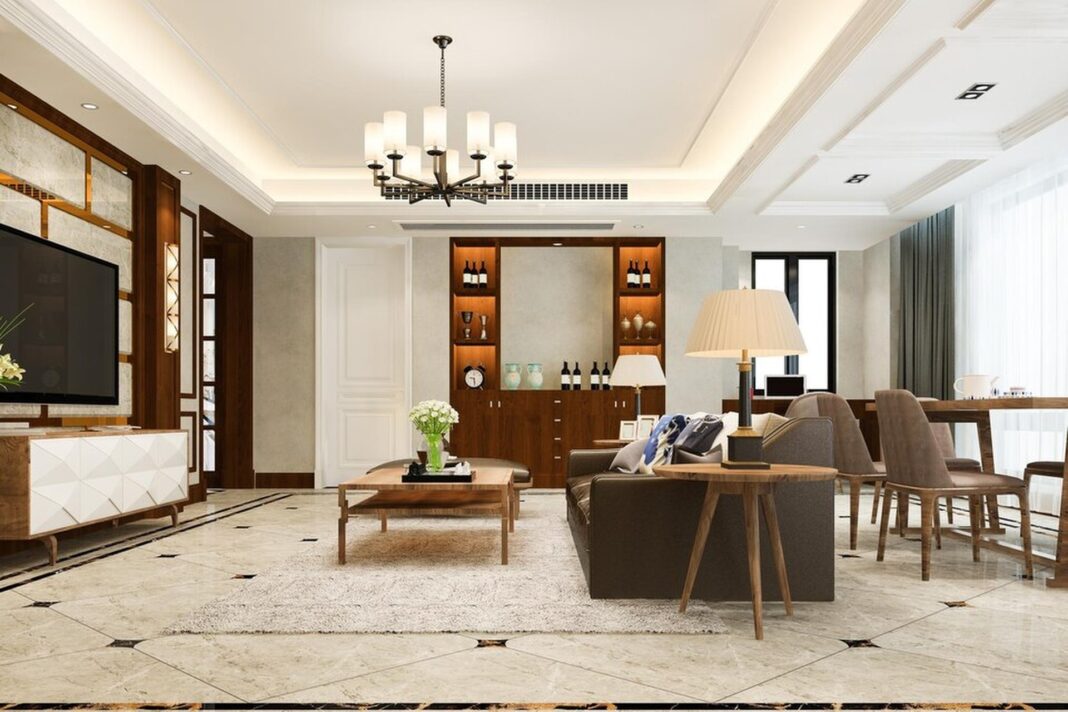A Greener Smarter World
Luxury real estate is changing drastically. Luxury real estate is adapting to a greener world. Luxury homes combine cutting edge technology and environmental principles with grandeur. This trend is necessary because of climate change resource conservation and a more aware and demanding customer. Luxury real estate is changing from smart houses and new materials to water conservation technology and energy efficient designs.
The Rise Of Smart Homes In Luxury Real Estate
Luxury real estate has changed dramatically with smart home technologies. This tendency transcends tech. Technology is integrated holistically to improve life quality and living experience. Smart houses allow occupants to customize their surroundings.
Interactive interfaces and voice commands make managing lighting temperature security and entertainment easy. These devices save a lot of energy. Automated systems control energy use keeping houses running smoothly while people are gone. Along with ease and efficiency smart technology brings security.
Luxury residences have advanced security systems like face recognition and remote monitoring. Additionally smart technology might affect property prices. The high end market prefers homes with modern technologies. Developers are using eco-friendly smart solutions more.
Smart glass windows alter transparency to sunlight saving electricity. Additionally smart irrigation systems optimize landscape water consumption supporting environmental objectives. Luxury residences will undoubtedly become more appealing to purchasers as smart technology advances.
Innovative Materials Eco Friendly Choices For Luxury Builds
Innovative materials and sustainability are at an all time high in luxury real estate. Eco friendly materials are frequently used in luxury homes for durability and beauty. Developers are using bamboo reused wood and recycled metals more. Flooring and furniture made of bamboo are popular due to its quick growth and renewability.
Reclaimed wood gives individuality to premium rooms with its distinct textures and history. Fixtures made from recycled metals are elegant and eco friendly. The integration of these elements extends beyond appearance. They significantly reduce carbon footprints.
Hempcrete and bio concrete are replacing concrete in construction. These materials increase insulation and structural integrity making dwellings energy efficient. Innovations have hit the glass. Low emissivity coatings and photovoltaic glazing improve window energy efficiency. These options improve the property appearance and regulate temperature.
Healthy eco-friendly materials are becoming more popular. They reduce toxins and off-gassing making indoor air healthier. This emphasis on wellbeing in the built environment appeals to premium shoppers seeking holistic living. Eco friendly materials will become essential to luxury buildings and improve environmental sustainability.
A Greener Palette Eco Conscious Design Trends
Luxury living is being redefined by eco-friendly design. It is elegant and in tune with nature. Earthy color palettes that match landscapes are a popular trend. These hues soothe and relax. Designers are ingeniously using indoor plants to create lush verdant spaces.
Potted plants and vertical gardens enhance air quality and provide peace. Environmentally friendly furniture and decor are selected. Many designers use sustainable or ethical materials to decrease their environmental impact.
Solar and renewable energy sources are effortlessly incorporated into architecture. Solar roof tiles and wind turbines generate energy without harming aesthetics. Traditional luxury water features are being reinvented as autonomous systems. These devices recycle water continually reducing waste.
Outdoor areas now integrate with residential spaces. They have natural plants to attract animals and enhance biodiversity. Light pollution is reduced by employing warm tones and sophisticated changes to blend with the night. The eco conscious design creates beautiful sustainable healthful and earth connected settings.
Energy Efficiency As A Standard In Luxury Living
Energy efficiency is increasingly essential to luxurious living. Modern luxury homes use cutting edge energy saving systems to establish new norms. Architecture is crucial to energy efficiency. Many building orientations optimize natural light and minimize heat input.
Well placed windows and skylights save electricity. Thermal efficiency is enhanced by high performance insulation and multi pane windows. Modern HVAC systems are common in these residences. Such systems provide precise interior temperature control with little energy use.
Smart thermostats optimize heating and cooling based on tenant behaviors. Luxury houses are adopting renewable energy. Solar panels, geothermal heating and tiny wind turbines are becoming more common. These systems lessen dependency on conventional energy sources and provide tax advantages and lower electricity costs.
Energy efficiency is considered when choosing appliances. Selling features for top tier appliances include high performance and low energy use. These generally come with clever monitoring systems that give real time consumption statistics for improvement. This energy efficiency move shows sustainability. It also meets customer demand for premium eco-friendly residences.
Water Conservation Technologies In High End Properties
Luxury homes are prioritizing water conservation. Developers are choosing Advanced technologies that balance efficiency and luxury. Smart irrigation systems use regional climatic data and soil moisture to irrigate precisely decreasing water wastage.
These smart devices modify water distribution based on weather predictions. Luxury bathrooms increasingly use low flow fixtures. These fixtures save water and maintain pressure, saving money and the environment. A growing number of greywater recycling devices reuse sink and shower water for landscaping and toilet flushing.
The closed loop technology greatly minimizes freshwater use. Luxury homes now include rainwater collection systems. Filtering and using rainwater for non potable uses conserves it. Advanced water filtration systems provide high quality drinking water at home minimizing bottled water use.
By providing fresh water on demand this function helps save and adds luxury. Eco luxury pools use less chlorine and filtration and use less water. These technologies reflect a cultural movement toward sustainability while preserving luxury real estate standards of extravagance and comfort.
How Does Sustainability Impact Property Values In Luxury Markets
Sustainability is transforming luxury home prices. Luxury shoppers are choosing sustainable features as environmental awareness grows. Smart home technologies, energy efficient systems and eco-friendly materials appeal to a rising eco conscious customer audience. Sustainable properties can fetch greater prices.
Developers also see their competitive edge. Reduced energy and water use lowers operating costs and improves comfort and resistance to environmental changes. As rules tighten and governments incentivize sustainable practices properties with such characteristics may get financial rewards increasing their market value.
Sustainable houses provide more than financial benefits. As markets adjust to greener standards it offers long term investment opportunities. Sustainability is important in luxury real estate since houses without such elements may depreciate.
What Challenges Do Developers Face In Creating Eco Friendly Luxury Properties?
Eco friendly luxury property developers face several hurdles. Cost is a key issue. Sustainable materials and innovative technology cost more upfront. This may affect luxury development budgets and prices. Due to availability or supply chain restrictions sourcing certain commodities might be difficult. Specialized training and skills are another issue.
Contractors and architects may lack the skills to integrate sophisticated sustainable solutions. This requires training and recruiting expertise which increases project durations and expenses. Developers must also fulfill strict regulations. Regional rules complicate multi location initiatives. Another challenge is balancing beauty with sustainability.
Luxury homebuyers want luxury and beauty which might contradict sustainable design. The long term advantages of eco friendly features may not be immediately apparent to purchasers therefore educating them is vital. Developers must overcome these obstacles to include sustainability in luxury real estate developments.



